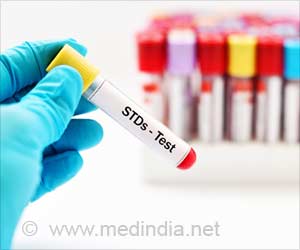Highlighting the severity of human sex trafficking isse, a new series published by the Crime Victims' Institute, stressed the necessity of enhanced education to address sex trade related risks.

Further, within U.S. borders, there are about 100,000 children who are sexually exploited by forced prostitution. The average age of entry into the sex trade for these children is between 12 and 14. Once these children reach adulthood, they face many barriers to getting out of "the life," including violence and control by traffickers, limited options for paid labor, negative perceptions of people who have been prostituted, and mental and physical health issues.
"This is a significant public health issue that predominantly affects our nation's girls and women," said Franklin, guest editor on the Human Trafficking Series. "The trauma and victimization that results from this profound exploitation has negative and far-reaching consequences. Criminal justice and social service providers can help, but most people are simply not aware of the magnitude of the problem, or that it happens within the United States."
"This is an opportunity to raise awareness through education and to facilitate dialog among students, faculty, community stakeholders, policy makers, and the general public," Franklin added. "We have the capacity to draw much-needed attention to the problem and focus on the perpetrators responsible for the buying and selling of girls and women."
The most common risk factors for involvement in forced prostitution center on vulnerability and include youth, family dysfunction, child sexual and physical abuse, child neglect, and homelessness. Mental health issues, such as depression, anxiety, borderline personality disorder and dissociation, as well as chronic running away and drug use, also enhance the likelihood that would-be victims fall prey to the strategies that traffickers use to lure youth into the trade.
Sex trafficking victims are at a higher risk than the general population for physical and mental illnesses. These include injuries from physical and sexual assaults, sexually transmitted diseases, substance use and abuse, and mental health issues. Research shows that 70 to 95 percent of victims are physically assaulted; 88 percent are subject to verbal abuse; and 60 to 75 percent report being raped by traffickers or buyers. Further, as many as 100 percent of human trafficking victims meet the criteria for some type of mental illness, including 68 percent with qualifying characteristics of post traumatic stress disorder.
Advertisement
Source-Eurekalert








